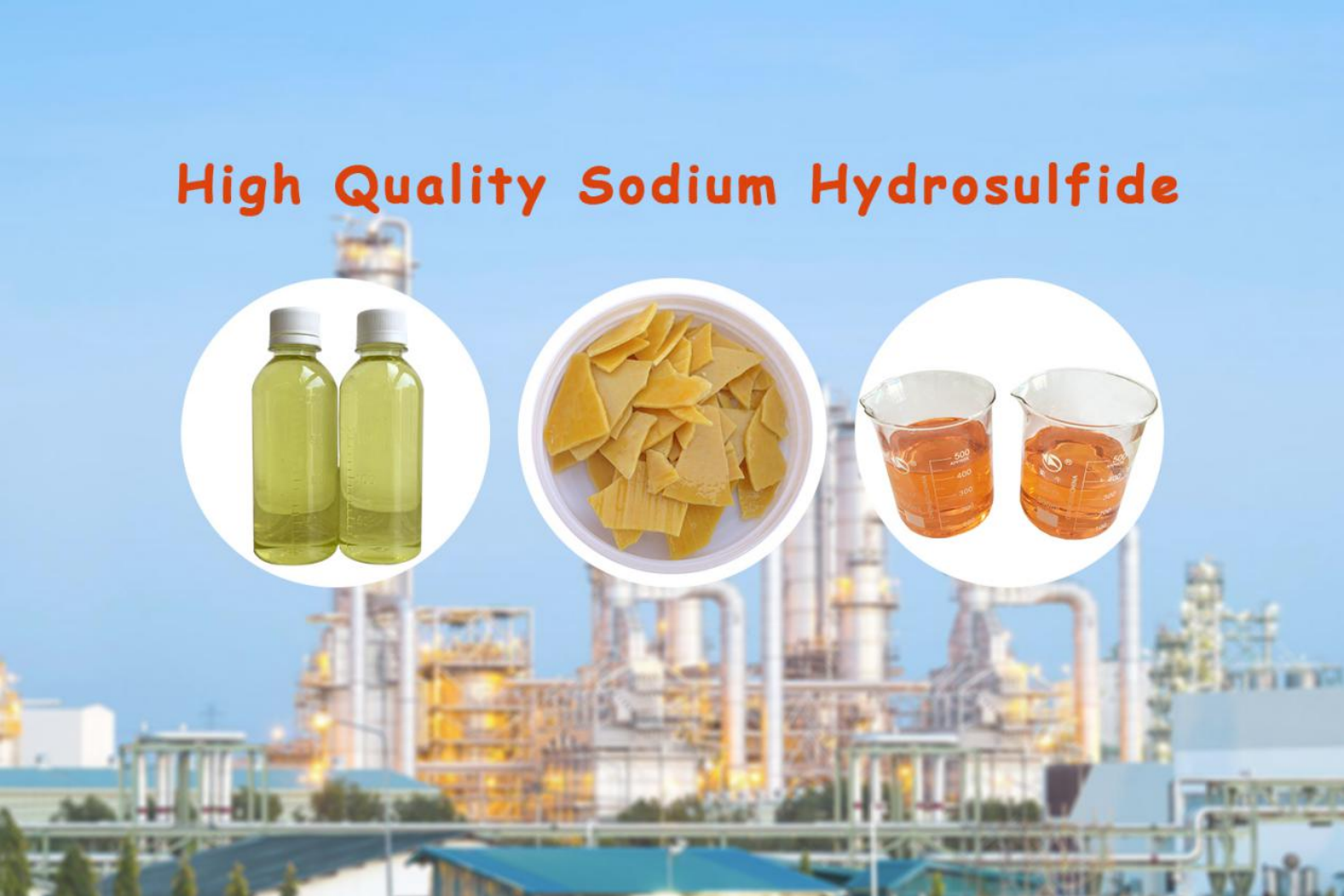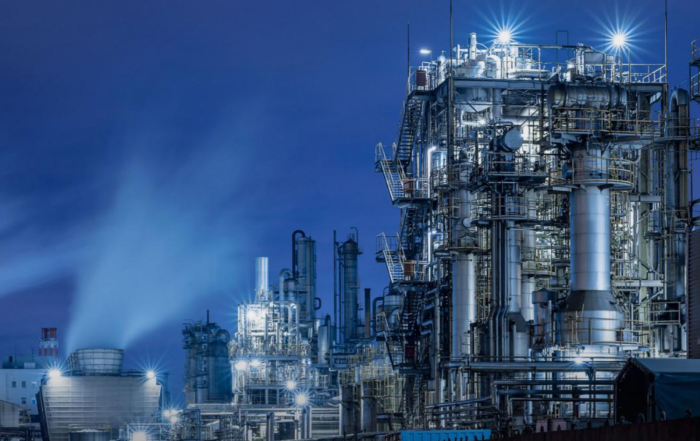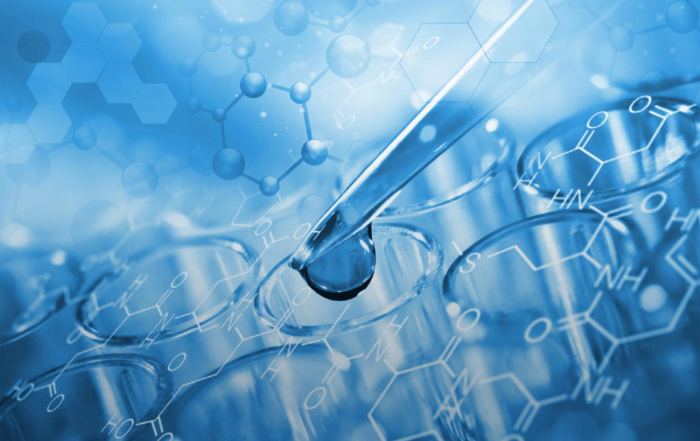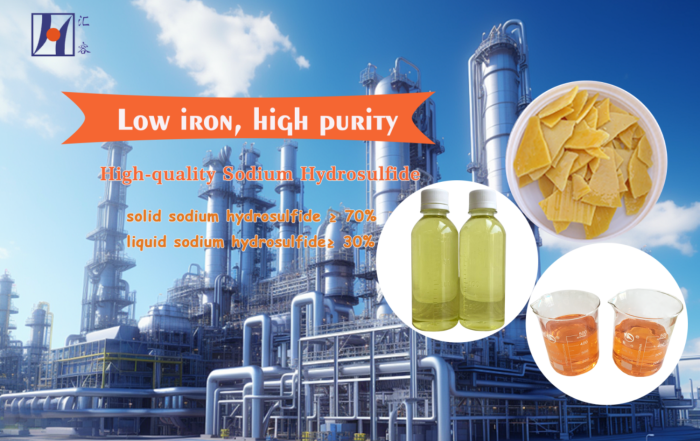A sudden flash explosion occurred in a chemical enterprise?
At 15:46 on August 16, 2024, a flash explosion occurred in the sodium hypochlorite device of XJ KY Chemical Co., Ltd. during trial production, killing 2 people and injuring 3 people. According to preliminary judgment, it is suspected that there was a flash explosion of hydrogen in the sodium hypochlorite tower, and the specific cause of the accident is under investigation.
1. What is a Flash Explosion?
A flash explosion usually refers to flammable and explosive gases (such as flammable liquid volatilization) that gather to a certain concentration in a relatively closed space where air is not circulated. Once they encounter an open flame or electric spark, they will immediately ignite and explode. This kind of explosion reaction will cause the gas volume to expand to a larger proportion in an instant, but generally speaking, a flash explosion only occurs once, so its power is relatively small compared to a general explosion. If flammable and explosive gases can be replenished, multiple explosion accidents may also occur.
2. What is The Difference Between a Flash Explosion And an Explosion?
01 Conditions of Occurrence
Flash explosion: usually occurs when flammable and explosive gases or vapors accumulate to a certain concentration in a closed or semi-enclosed space and encounter an ignition source (such as an open flame or an electric spark).
Explosion: can be triggered by a variety of conditions, including chemical reactions, physical changes or nuclear reactions, and is not limited to a specific environment or gas.
02 Reaction Speed
Flash explosion: The reaction speed is fast, almost instantaneous, and the gas volume expands rapidly.
Explosion: Depending on the type of explosion, the reaction speed can be very fast, but there may also be a certain delay.
03 Duration
Flash explosion: usually a one-time event, it will not last after it occurs.
Explosion: there may be continuous combustion or chain reactions, especially when there is an adequate supply of fuel.
04 Destructive Power
Flash explosion: although the destructive power is relatively small, it may still cause serious personal injury and property damage if it occurs in a densely populated or densely populated area.
Explosion: the destructive power is usually greater, especially chemical explosions or nuclear explosions, which can cause large-scale damage.
05 Sound And Shock Wave
Flash explosion: may not be accompanied by a loud noise or obvious shock wave.
Explosion: usually accompanied by a loud noise and strong shock waves, which can cause secondary damage to the surrounding environment.
3. How To Avoid Flash Explosion?
01 Clear The Source of Ignition
Ensure that there are no open flames or equipment that may produce sparks in areas where flammable gases may accumulate.
02 Turn Off Communication Tools
In potential hazardous areas, turn off all communication tools that may produce electric sparks, such as mobile phones.
03 Control Flow Rate To Prevent Static Electricity
In pipelines and when loading, control the flow rate to reduce the generation of static electricity.
04 Control Process Indicators And Temperature
Ensure that the process flow and equipment operate within a safe temperature and pressure range, and use the exhaust gas recovery system to reduce unorganized gas emissions.
05 Electrostatic Grounding
Properly ground the equipment, towers and loading vehicles to avoid static electricity accumulation and flash explosion.
06 Qualified Hazardous Chemical Warehouses
Ensure that hazardous chemicals are stored in qualified warehouses and are properly classified and stored. .
07 Lightning Protection Facilities
Install lightning protection facilities in open-air yards and storage tank areas to prevent lightning from causing flash explosions.




